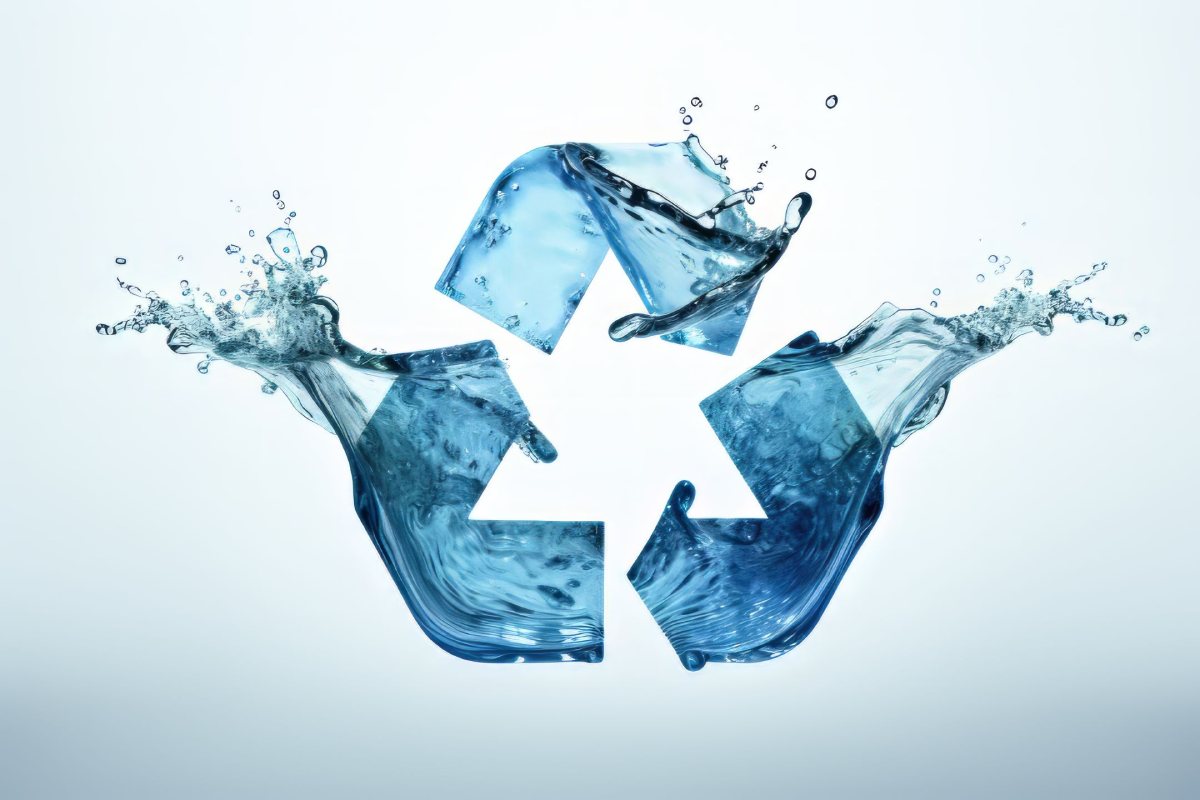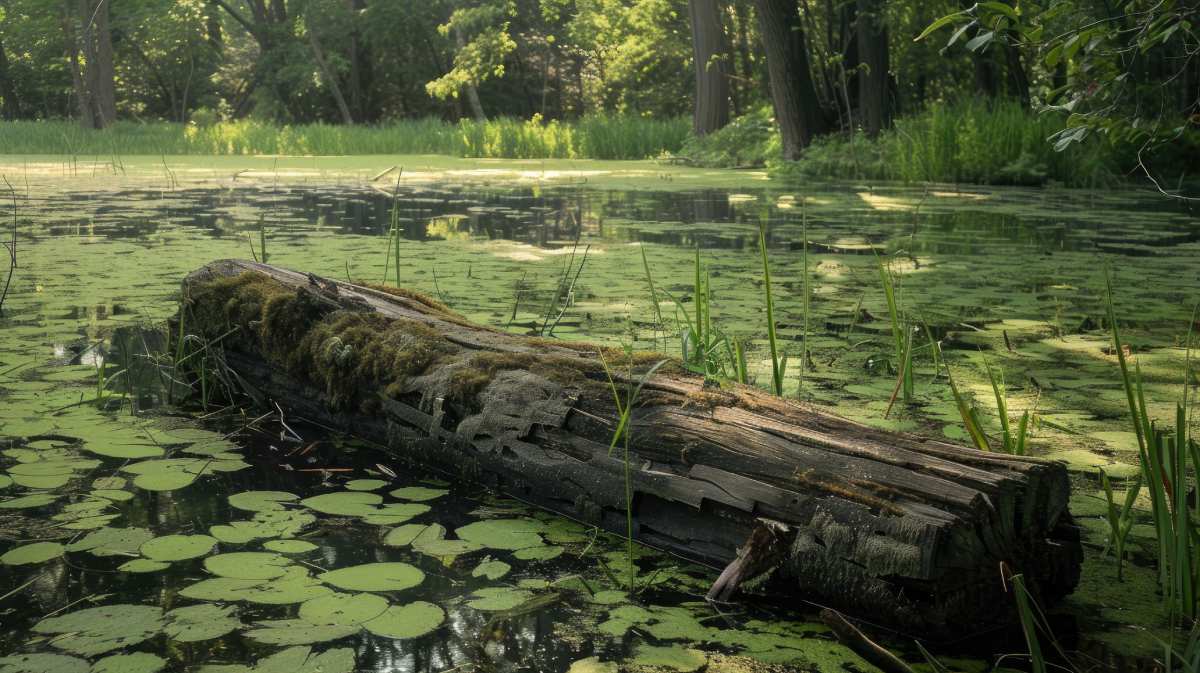Effective water management is one of the most pressing challenges facing the world today. As climate change, population growth, and industrial activities put increasing pressure on water supplies, the need for sustainable practices is more critical than ever.
Managing water resources efficiently ensures that future generations have access to clean, safe water while also supporting ecosystems and biodiversity. Fortunately, several innovative approaches are available to improve water sustainability.
This article outlines key sustainable practices for managing water resources and offers solutions that can be applied locally and globally.
Table of Contents
1. Implement Floating Treatment Wetlands
One of the most innovative methods for improving water quality is the use of floating treatment wetlands. These man-made wetlands act as natural filters, removing contaminants from water bodies and improving overall water quality. They’re especially useful in reducing pollution in stormwater and managing runoff in urban and agricultural settings. The plants growing on the wetlands absorb harmful nutrients such as nitrogen and phosphorus, which can otherwise lead to algal blooms and the degradation of aquatic ecosystems.
By employing floating treatment wetlands in various water management systems, communities can mitigate the impacts of pollution, leading to healthier waterways and more resilient ecosystems.
2. Embrace Water Recycling and Reuse

Water recycling involves treating wastewater so it can be reused for various purposes, such as irrigation, industrial processes, or even potable use. This practice reduces the demand for freshwater and minimizes the environmental impacts of water extraction. Recycled water is an increasingly viable option for areas facing water scarcity, enabling cities to sustain growth while conserving precious water resources.
Furthermore, several industries have adopted water recycling as a core element of their sustainability strategies, contributing to a circular economy where water is treated as a reusable resource rather than a one-time commodity.
3. Promote Efficient Irrigation Techniques
Agriculture is one of the largest water consumers globally, and inefficient irrigation methods can lead to significant water loss through evaporation or runoff. Switching to more efficient irrigation systems, such as drip irrigation or sprinkler systems, can drastically reduce water waste. Drip irrigation delivers water directly to the plant roots, minimizing evaporation and ensuring that crops receive the exact amount of water they need.
By adopting these practices, farmers can maintain crop yields while conserving water, benefiting both the environment and agricultural productivity.
4. Restore and Protect Natural Wetlands
Natural wetlands play a vital role in maintaining the health of water ecosystems. They act as natural water filters, help in flood control, and support various plant and animal life. Wetland restoration involves rehabilitating degraded wetland areas or creating new ones to replace lost ecosystems. Protecting these areas from development or pollution is also critical since wetlands can improve water quality and store carbon, which helps mitigate climate change.
5. Utilize Green Infrastructure in Urban Planning
Green infrastructure refers to using natural systems or nature-based solutions to manage water in urban areas. This includes rain gardens, permeable pavements, bioswales, and green roofs. These solutions allow water to infiltrate the ground, reducing stormwater runoff and the strain on sewage systems.
Unlike traditional gray infrastructure (such as pipes and treatment plants), green infrastructure mimics natural processes to manage water sustainably. Cities worldwide are incorporating green infrastructure into their urban planning to improve water quality and enhance urban resilience to flooding.
6. Implement Water-Efficient Appliances and Fixtures
In addition to large-scale solutions, individuals and households can contribute to sustainable water management by using water-efficient appliances and fixtures. Low-flow toilets, faucets, and showerheads are designed to use significantly less water than traditional models without sacrificing performance.
Additionally, energy-efficient dishwashers and washing machines also help reduce water usage. Widespread adoption of these technologies can lead to significant water savings, especially in water-stressed regions.
7. Enhance Stormwater Management Systems
Stormwater runoff from urban areas can be a major source of pollution, carrying contaminants such as oil, chemicals, and debris into waterways. Improved stormwater management systems can help capture and treat runoff before it reaches water bodies. Solutions include detention basins, retention ponds, and constructed wetlands, which store or filter stormwater.
In addition, cities can implement policies to minimize impermeable surfaces, such as concrete, in favor of permeable alternatives that allow water to seep into the ground. By better managing stormwater, communities can reduce water pollution and mitigate the effects of urban flooding.
8. Support Sustainable Agriculture Practices
Sustainable agriculture practices such as crop rotation, cover cropping, and conservation tillage can help maintain soil health and reduce water consumption. Healthy soil is better able to retain moisture, which reduces the need for irrigation. Cover crops can also help prevent soil erosion, keeping sediments out of nearby water bodies and maintaining water quality.
By encouraging farmers to adopt these practices, governments and agricultural organizations can contribute to long-term water sustainability, ensuring that both food production and water supplies are protected.
9. Reduce Industrial Water Use
Industries are some of the largest water consumers, and many industrial processes require vast quantities of water for cooling, processing, or cleaning. To manage water more sustainably, industries can adopt water-efficient technologies, recycle water within their operations, or shift to less water-intensive production methods.
Some companies have also begun tracking their water footprint and setting goals for reduction, which helps conserve water but and reduce operational costs. Governments and regulators can encourage these practices by offering incentives or imposing stricter water usage standards.
Conclusion
Managing water resources sustainably is essential for ensuring a secure future in the face of growing global challenges. From floating treatment wetlands to water-efficient appliances and public education efforts, there are numerous strategies available to protect and preserve the precious water supplies. Lastly, by adopting these practices at both individual and societal levels, government and organizations can safeguard water for future generations while supporting the ecosystems that depend on it.

